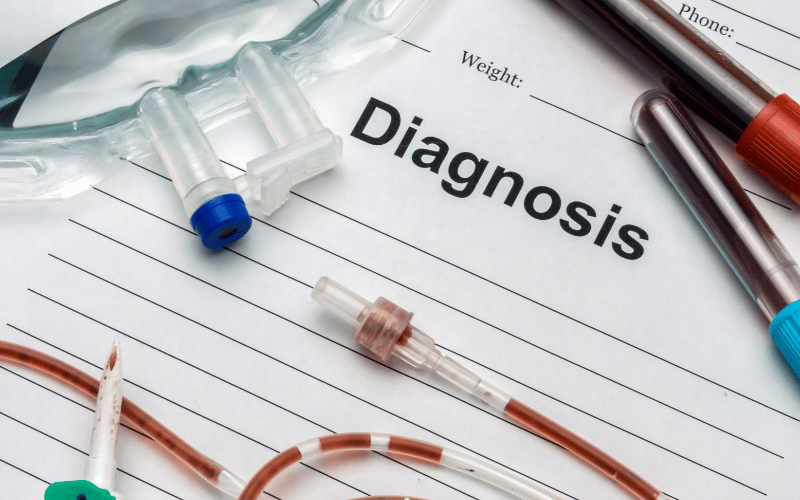Fact 4: Diagnosis is Simple

For parents who suspect their child might have proteinuria, fear not. Diagnosing it is pretty straightforward and non-invasive. Urinalysis is the initial diagnostic tool most healthcare professionals rely on. This simple urine test not only detects the presence of protein but also gauges its amount.
However, sometimes, a single snapshot of the urine isn’t enough. If the first test shows abnormal protein levels or if proteinuria is suspected due to intermittent symptoms, doctors might recommend a 24-hour urine collection test. This involves collecting all urine a child produces in a day, which gives a clearer picture of kidney function over time.
For kids, this 24-hour process might sound a tad tedious. To sidestep this, another test, the protein-to-creatinine ratio, often comes to the rescue. It compares the amount of protein to creatinine in a single urine sample, eliminating the need for an all-day collection.
Post these tests, if results are positive or ambiguous, further diagnostic tools like kidney ultrasound or a biopsy might be suggested. But for most kids, the initial urine tests are sufficient. In essence, while the word ‘proteinuria’ might sound intimidating, diagnosing it is pretty hassle-free. With early detection, many potential complications can be nipped in the bud. (4)